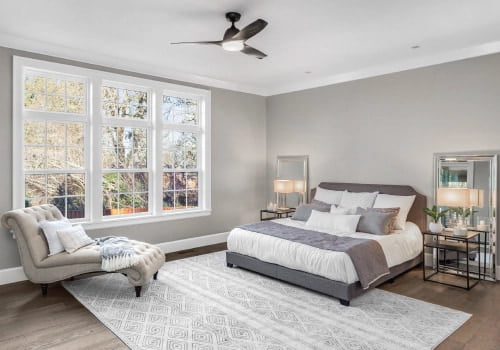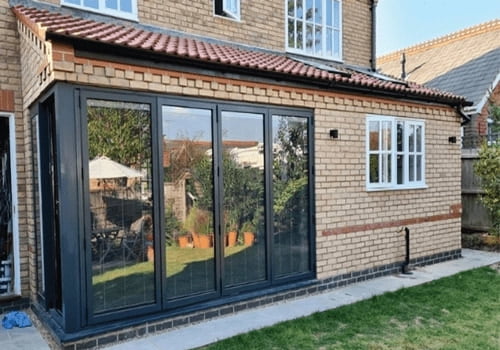As housing costs rise and the need for flexible living spaces increases, homeowners are getting more creative in how they utilise their outdoor areas. One popular solution is to build an extra bedroom in the garden as an extension to your home, offering benefits such as enhancing property value, creating a secluded retreat, or providing additional space for family and guests. However, this project requires careful planning and consideration to ensure it meets legal requirements and delivers the desired outcome.
Here’s a detailed guide to help you navigate the process.
Planning Permissions and Regulations
In the UK, many types of garden structures can be built under what is known as permitted development rights. These regulations allow you to add certain outbuildings without needing formal planning permission, but there are a few key rules to keep in mind, such as height restrictions, as if your structure is within 2 metres of a boundary, it cannot exceed 2.5 metres in height. The building must also not cover more than 50% of the total area surrounding the original property.
Garden rooms built under permitted development cannot function as a separate, self-contained dwelling. For any such use, full planning permission would typically be required.
It's crucial to consult with your local planning authority to confirm whether your proposed garden bedroom requires planning permission or falls within permitted development rights. This ensures that your project complies with local regulations and avoids potential legal issues down the line. At Calico, we can help you navigate any restrictions you come across when planning an extension to your home.

Designing a Garden Bedroom
Once you’ve established the necessary planning permissions, the next step is to focus on the design. The size of the bedroom and its intended use are critical considerations. If it’s to be used for regular accommodation, you’ll need enough space for a bed, storage, and other essential furniture. The room should be both comfortable and functional, with adequate insulation, heating, and ventilation to ensure it remains habitable throughout the year
Think carefully about how the room will be accessed from the main house. For example, a path or sheltered walkway can make the transition between spaces more convenient and comfortable, especially in poor weather.
Aesthetically, you’ll want your garden room extension to complement your outdoor space while offering privacy. Large windows or bi-fold doors can help create a seamless connection to the garden, making the room feel more spacious and inviting. Sustainable materials and energy-efficient solutions, such as solar panels or eco-friendly insulation, are also worth considering to minimise environmental impact and reduce long-term running costs.

Can I Turn My Shed into a Bedroom?
Yes, it is possible to convert a shed, log cabin, or garden room into a bedroom. If you haven’t already purchased a garden building, it’s a good idea to consult your local planning officer before taking any steps to build a bedroom in it. This will help you ensure that the conversion complies with regulations.
Most garden sheds are covered under permitted development rights, but there are exceptions. If you plan to use your shed as accommodation or a self-contained unit, you may need to apply for planning permission. Additionally, if you live in a listed building, you are likely to face more restrictions. Always seek professional advice from the likes of Calico before starting such a project to avoid complications with your garden bedroom ideas.
The space will be treated as its own property and subject to council tax and other regulations. A garden room used for purposes other than living, such as an office or gym, typically does not incur council tax, but sleeping accommodations fall under different rules.
Practical Considerations
In addition to planning permission and design, there are other practical aspects to keep in mind. For example, you’ll need to ensure that the garden bedroom has access to utilities such as electricity, water, and possibly even plumbing, if you intend to include an en-suite bathroom.
Furthermore, building regulations require that the structure is safe, insulated, and fit for residential use. Engaging with a qualified builder or architect will help ensure that all aspects of the construction meet the necessary standards.
Building an extra bedroom in your garden is an excellent way to expand your living space, whether for accommodating guests, creating a personal retreat, or increasing your property’s value. However, it’s important to be fully aware of the legal and practical requirements involved. By carefully planning the design, obtaining the necessary permissions, and ensuring the space is both functional and comfortable, you can create a beautiful garden bedroom that enhances your home and lifestyle.
For expert advice or to get started on your garden room project, contact Calico today – we’re here to help you every step of the way!
